The Fragility of Democracy
The events unfolding in Washington, D.C. and across our nation have demonstrated the fragility of democracy. Events, words, and actions that support the erosion of democracy are not something to simply forget or move beyond. As educators, how are we working to ensure we are acting to deter future acts of violence and insurrection?
As a community of practice, all of 2020 into 2021 (not to mention years prior) leaves much from which to heal. A global pandemic, economic collapse, pivot to remote instruction, racial reckoning, political divides across the nation, and an attack on the Capital in early 2021 are ubiquitous and exhausting. We must not normalize these activities and events, nor simply move forward as brave educators with a smile.
We need a place to come together and make sense of things. We need an opportunity to feel empowered to make a positive change, to take back agency, and move forward in a manner that honors and heals. Who knew that assessment professionals would need to call together a town hall on democracy? But we must, because democracy is fragile. And figuring out how to manage conversations on democracy is a must for institutions of higher education.
Previously, I discussed the importance of self-care during living and working in a pandemic. But in the interest of self-care, we need community space to come together to engage in professional care with each other. Institutions of higher education state in their mission and vision that an agreed upon purpose of education is to support the public good and produce graduates who are ready to actively engage and participate in democracy and civic life.
Assessment data relate to democractic participation. We track this via voting rates and community involvement. But there are many learning outcomes that citizens need to utilize with regularity to participate in a fully functioning democracy such as debate, critical thinking, use of information resources, problem identification, empathy, community building, teamwork, and information literacy to name a few.
Higher education leaders offered statements to reaffirm core beliefs and called for serious reflection on societal structures and organizations that have enabled or supported the deterioration of the foundation of democracy in the U.S. What did we do in assessment or what should we do? What role, if any, did assessment play in getting us to where we are today and how can we change direction moving forward? How can we help strengthen democracy beyond a band aid approach?
The field of assessment has focused, increasingly of late, upon embedded, authentic assessment in the form of assignments that support intentional integrated educational design for students and their learning (Jankowski, et al., 2018). But this has not been our history. When the term assessment is brought up in conversation, the first image that comes to mind is that of students taking tests where assessment is a standardized test or instrument.
This association is an earned one. There is a history of assessment as a gatekeeper (Nagy, 2000), where students are sorted, limited in their access to opportunities, or filtered into specific educational experiences based on one, or many, high-stake measures. Today, students in the K-12 educational system are inundated with tests as a means to gauge progress and hold schools and teachers accountable. Those K-12 students become postsecondary education students and bring with them their experience with tests and assessments, not as blank slates, but as experienced test takers or jaded educational survivors.
There is a history of standardized tests as a means to keep students out. Every citizen who participated in K-12 education views assessment as a test. This view of assessment as a test means that any discussion about the relationship between democracy and assessment should begin with tests, and what better imagery to employ than that of the Scantron. For this reason, to unearth and discuss the history of assessment as a means to understand how to move forward, the series on Democracy and Assessment leads with the visual of a Scantron at the top.
We know that standardized tests have roles and functions where they add value, but that has not been the experience of most test takers. Further, the vast majority of our nation has not experienced reflective assignments, authentic assessments, or alternative demonstrations of their learning. It is a future state they can protest to achieve, but it is not yet happening at scale. For this reason, the bottom of the image of the series on Democracy and Assessment indicates the voices of students that are not heard or honored routinely in the process of assessing student learning. But imagery is only one part of re-imagining civic engagement and associated learning outcomes as well as how democratically associated learning is assessed.
As this series unfolds, I invite each of you to share your expertise in helping to develop strategies, assignments and tasks, and experiences that engage students in democractic thinking and activities within courses and co-curricular experiences. Together, there is much we can accomplish. Divided, we remain where we are and this is not particularly a place where I believe we want to settle in and get comfortable.
So thank you. Thank you for reading this and thank you for joining the community of practice to provide needed scaffolding to democracy.
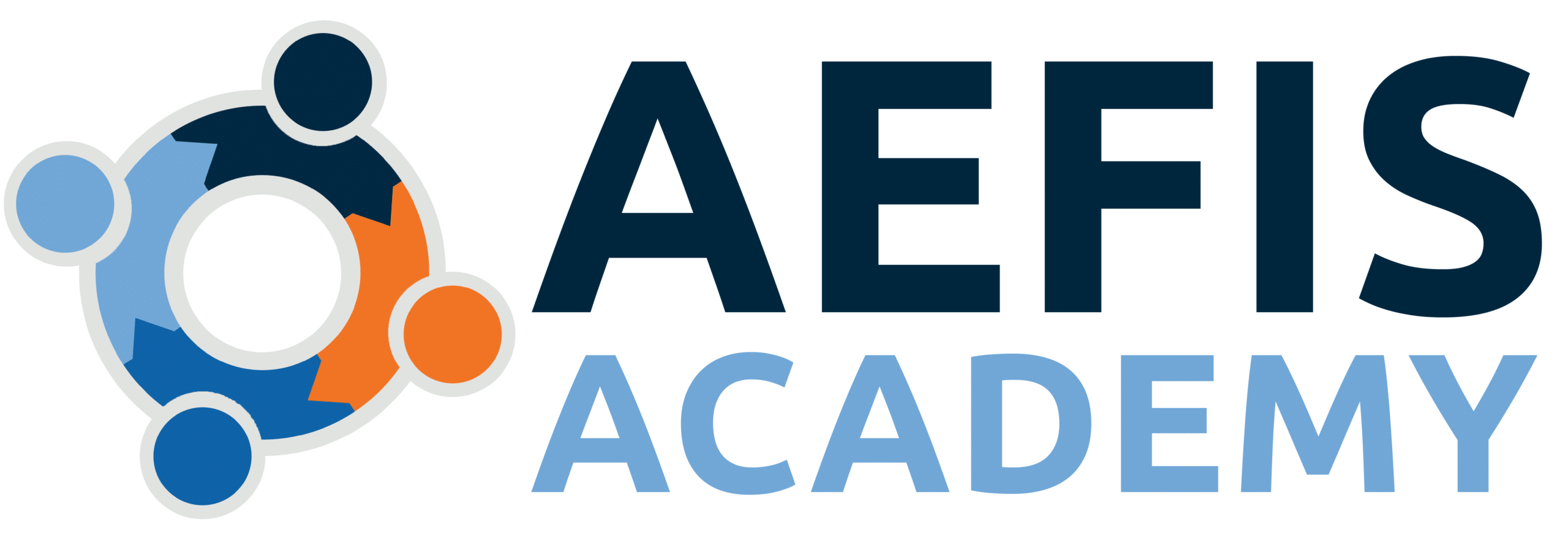

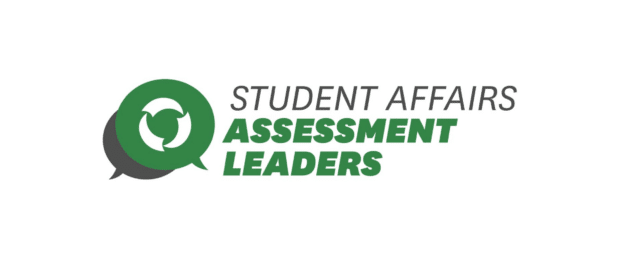
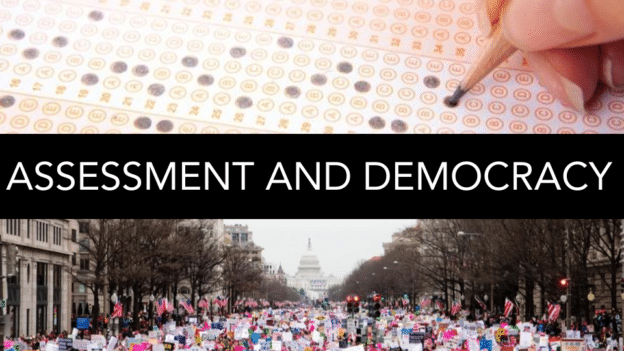
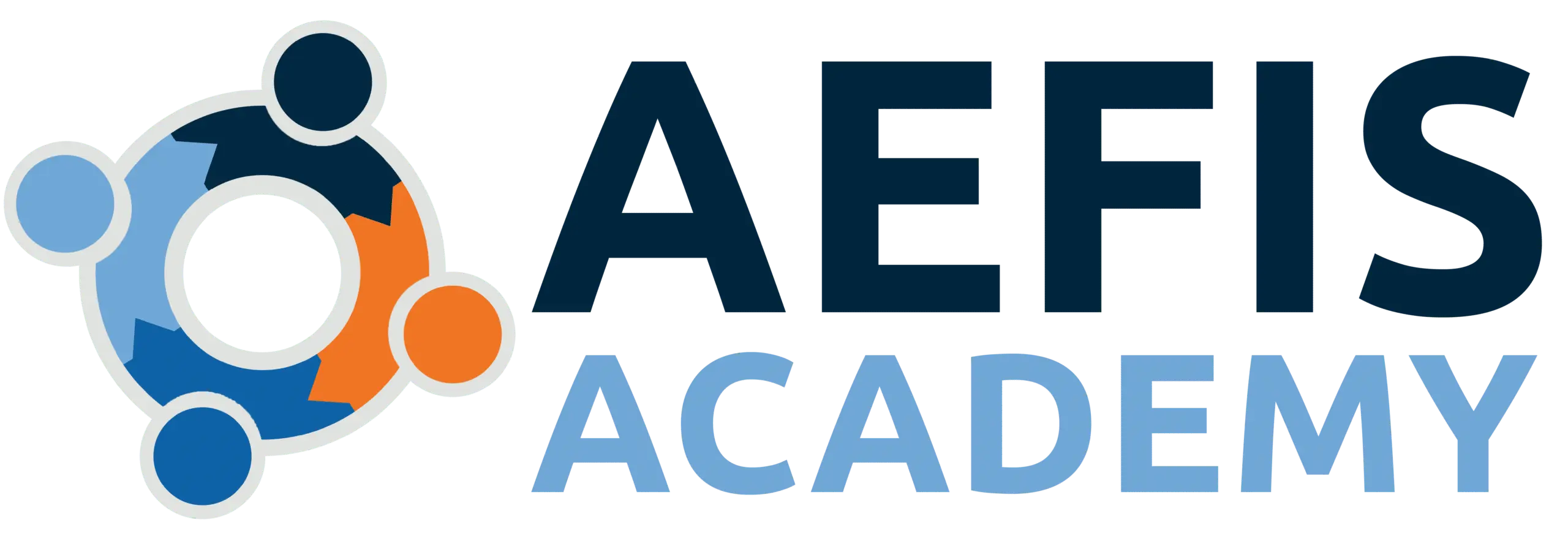

Discussion
Join the conversation, contribute, ask questions, and explore with everyone! It’s Your Community!